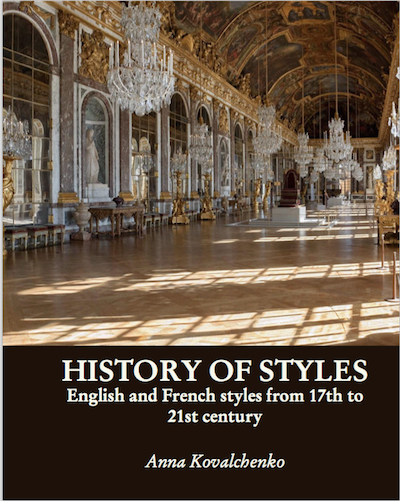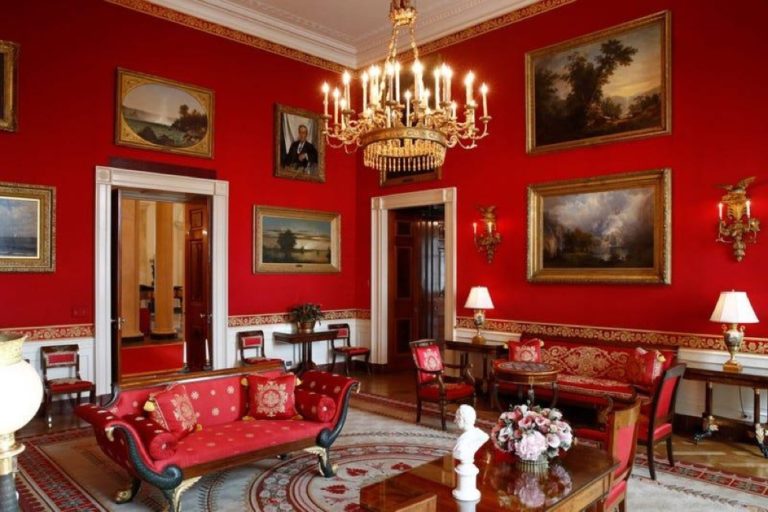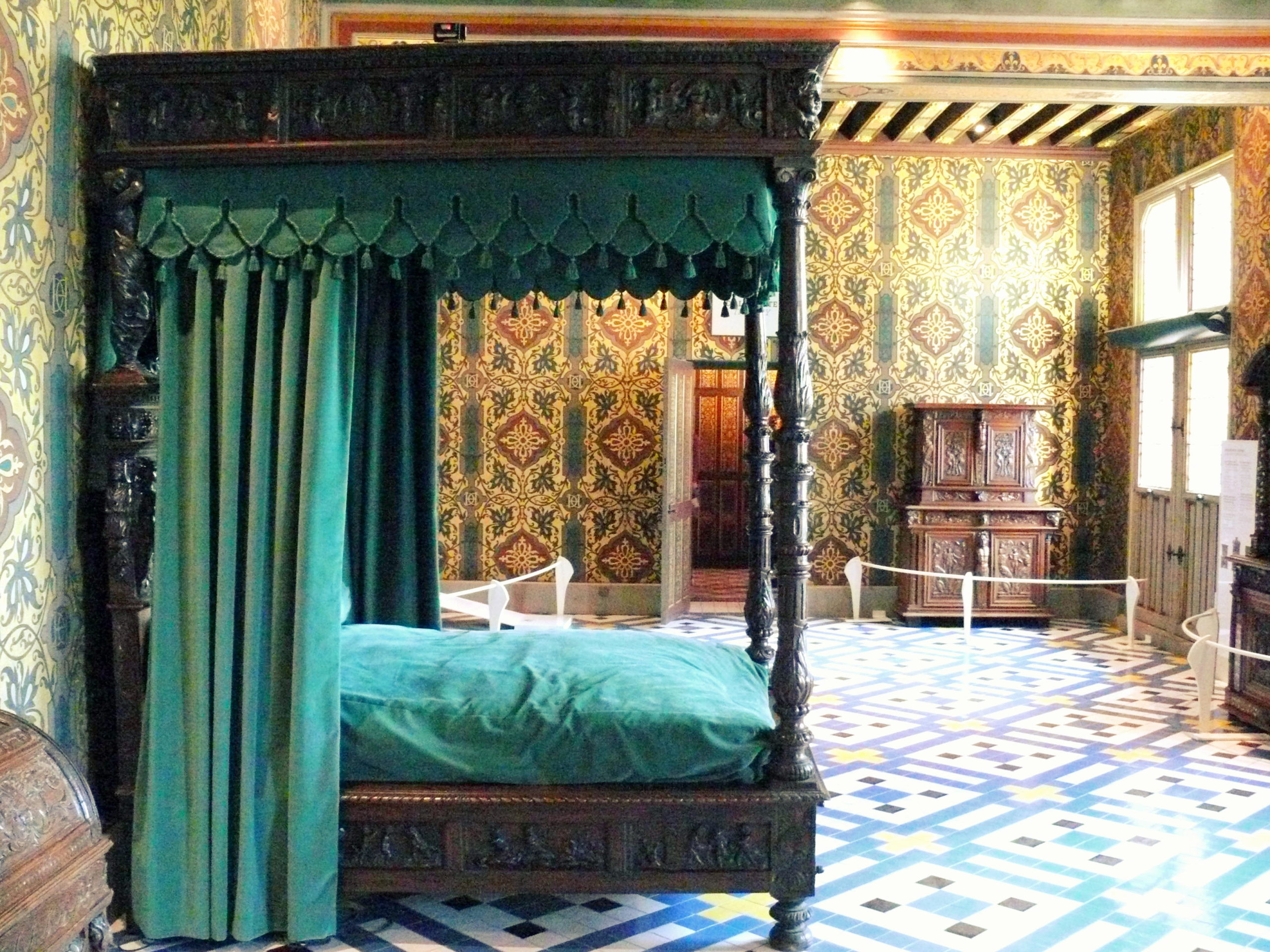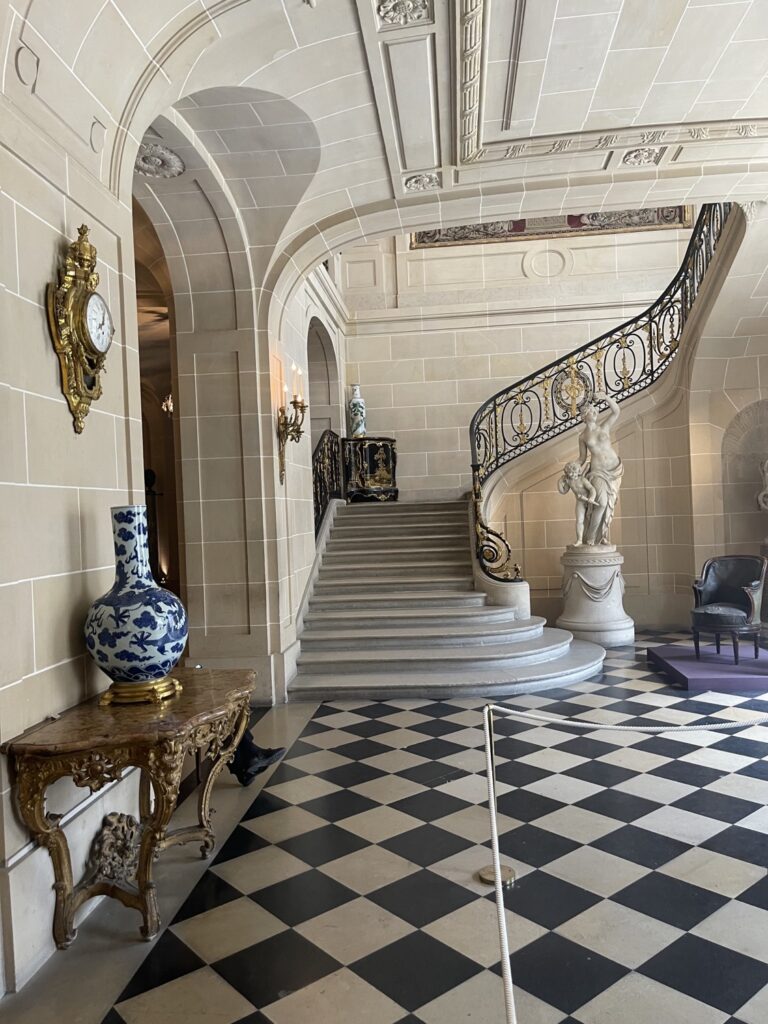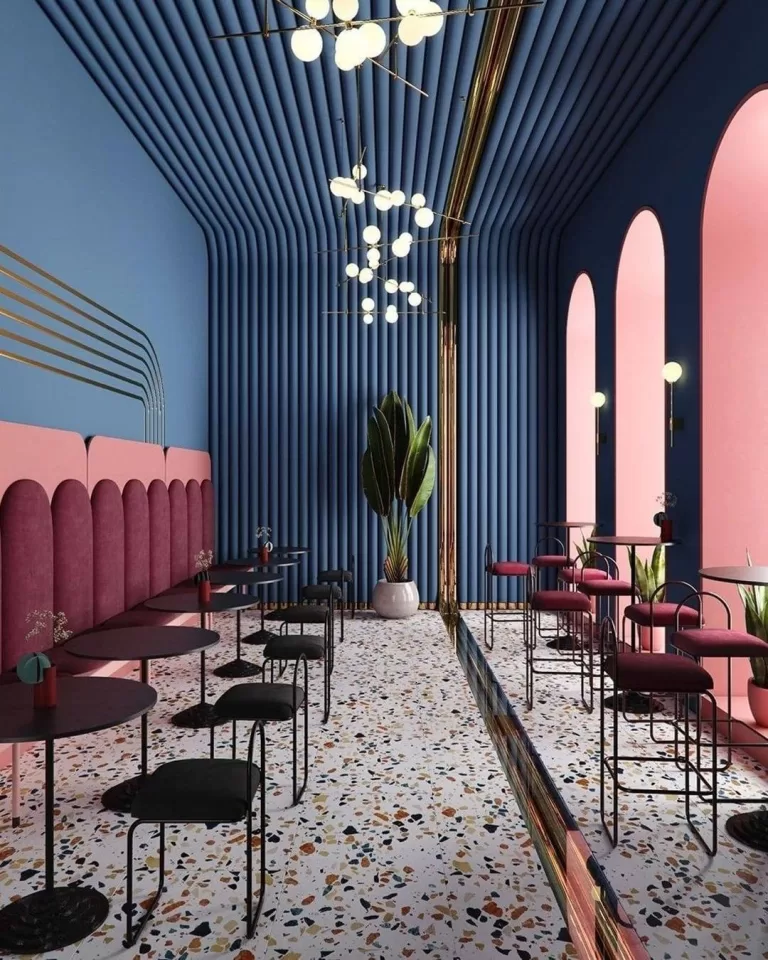Bauhaus Design: How It Took Over The World
Bauhaus (which means “house of building” in German) was founded by a German architect, Walter Gropius in 1919. At the time, it was an art school unlike any other; as it focused on blending fine and applied art and make creativity less abstract.

Here’s how:
-
More than Art
The school’s focus is not just about the art, but on how it can become part of society and blend seamlessly with technology. At this school, art was refined and taken to exciting new levels. Surprisingly, the movement of the institution had set in motion even survived closure under the Nazis.

-
Bauhaus Influences Endured
Years after the Second World War, artistic concepts that originated at this school were making waves in society, and they still have an impact in our world today. At Bauhaus, experimentation was given a lot of importance, specifically with a focus on using art to solve problems in our society. That has not changed even today, and it is the reason we have some great artistic and functional items we use on a daily basis; for instance, wrist watches.

-
Bauhaus Gave Earlier Art Forms Relevance
There are many celebrated achievements that came off its innovative determination, especially when the school combined art with manufacturing design. Its artistic inspiration came from the 19th century. At the time, there were fears that art was losing its significance in society.
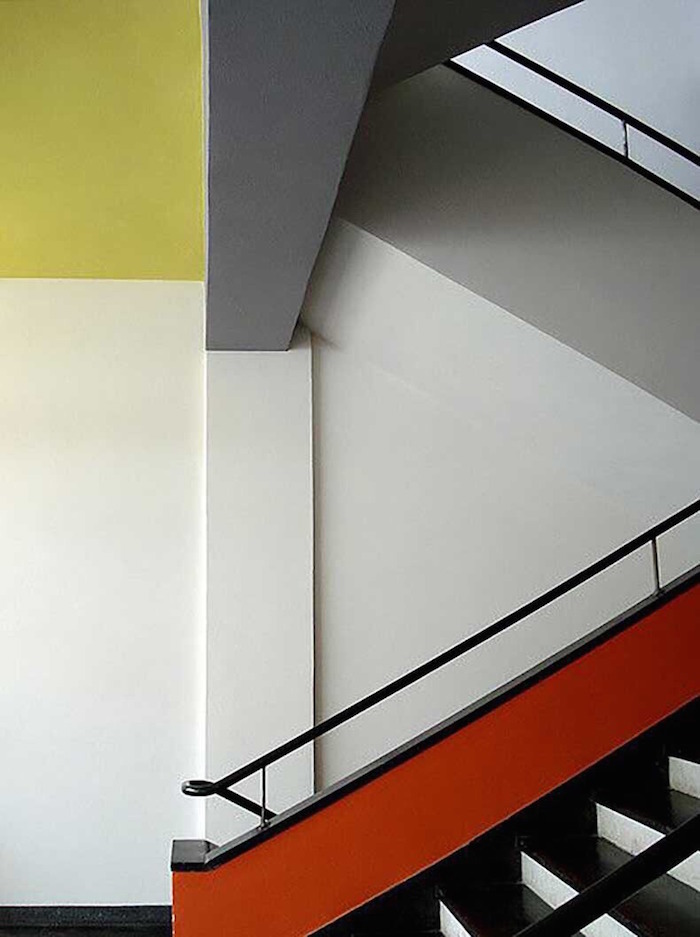
This was something Bauhaus sought to remedy by trying to merge art and the focus of the day – functional design. Obviously, to do this properly, the school had to pick and choose which artistic aspects from the former years to use, and which concepts to give a pass.
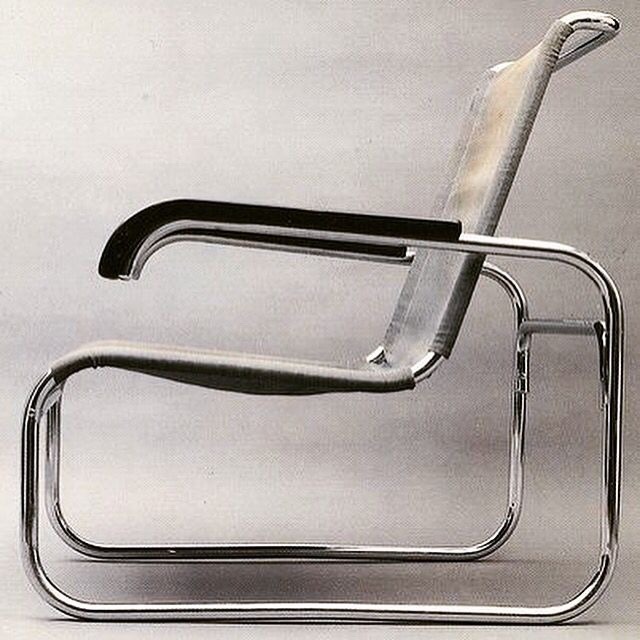
But all things considered, the school outdid itself by giving all sorts of art the attention and the respect they deserve. In this innovative artistic revolution, architecture, woodwork, textile design and other kinds of art were regarded just as highly as fine arts like painting and sculpting.
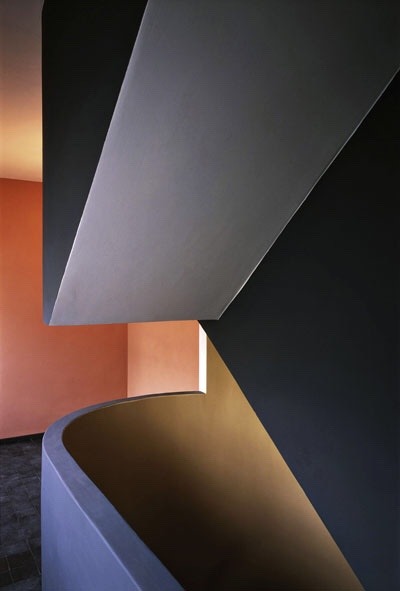
-
Bauhaus Influences Still Evident in the World Today
Generally speaking, many modern and simple minimalist design items have benefited immensely from the artistic concepts started by this school. These include many modern watches, which have proven quite suited to all kinds of lifestyles. Generally, many technologies today, including these Bauhaus watches and even the original iPod, have artistic roots that go back to Bauhaus.
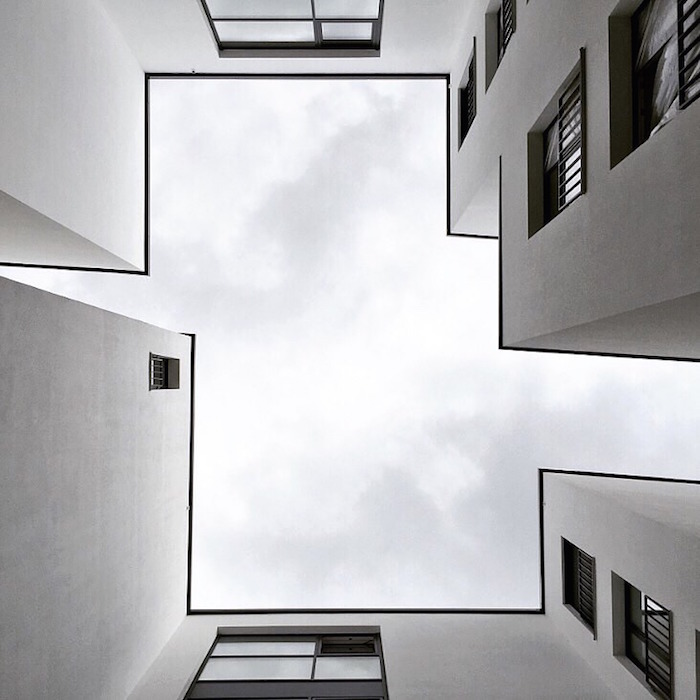
The focus was not just on functional art, but on fine art as well. No wonder the school went to produce minds that would change various fields, including utensil, furniture, and architectural design. Many of these influences are still evident today.
-
Contemporary Art Borrows Plenty from Bauhaus School of Thought
One influence that stands out today with regard to Bauhaus teachings is the focus on solving problems through artistic influences. The approach has completely changed the way many people think about art. Art is now seen as a research process with practical results in many contemporary art schools.
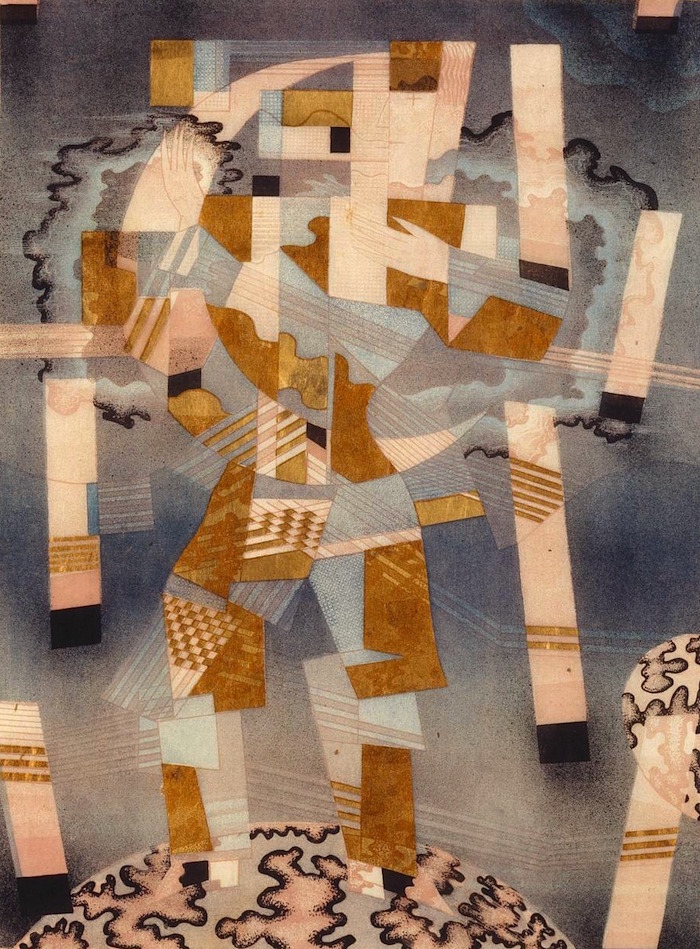
Contemporary art education has a lot to thank Bauhaus for, since its influences still steer the direction of this educational field even today. Thanks to this school, art was not just art, it could be functional and also part of society. No wonder the ideas that the Bauhaus school introduced into the world continue to grow in importance as time goes by.
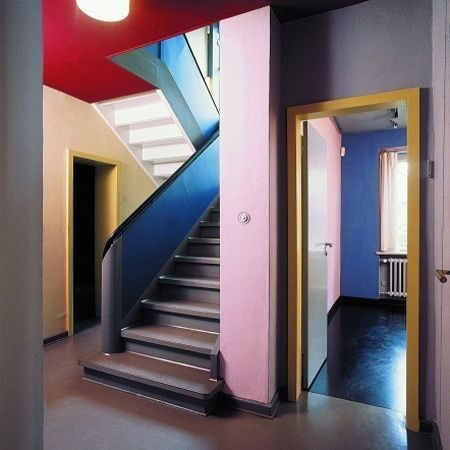
Want to learn more about various historic styles? Check out my History Of Styles eBook:

